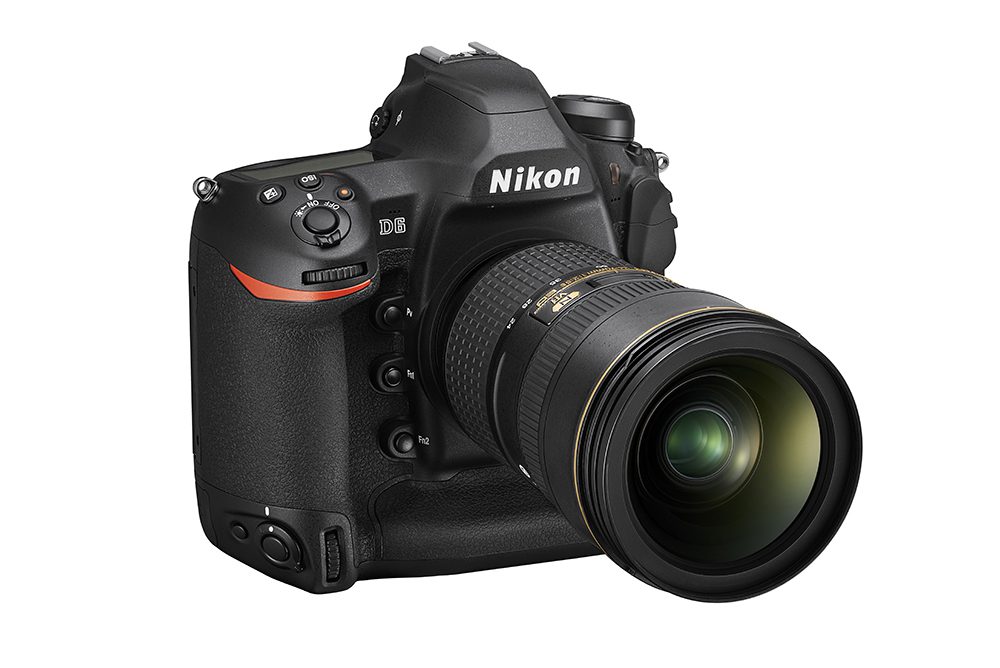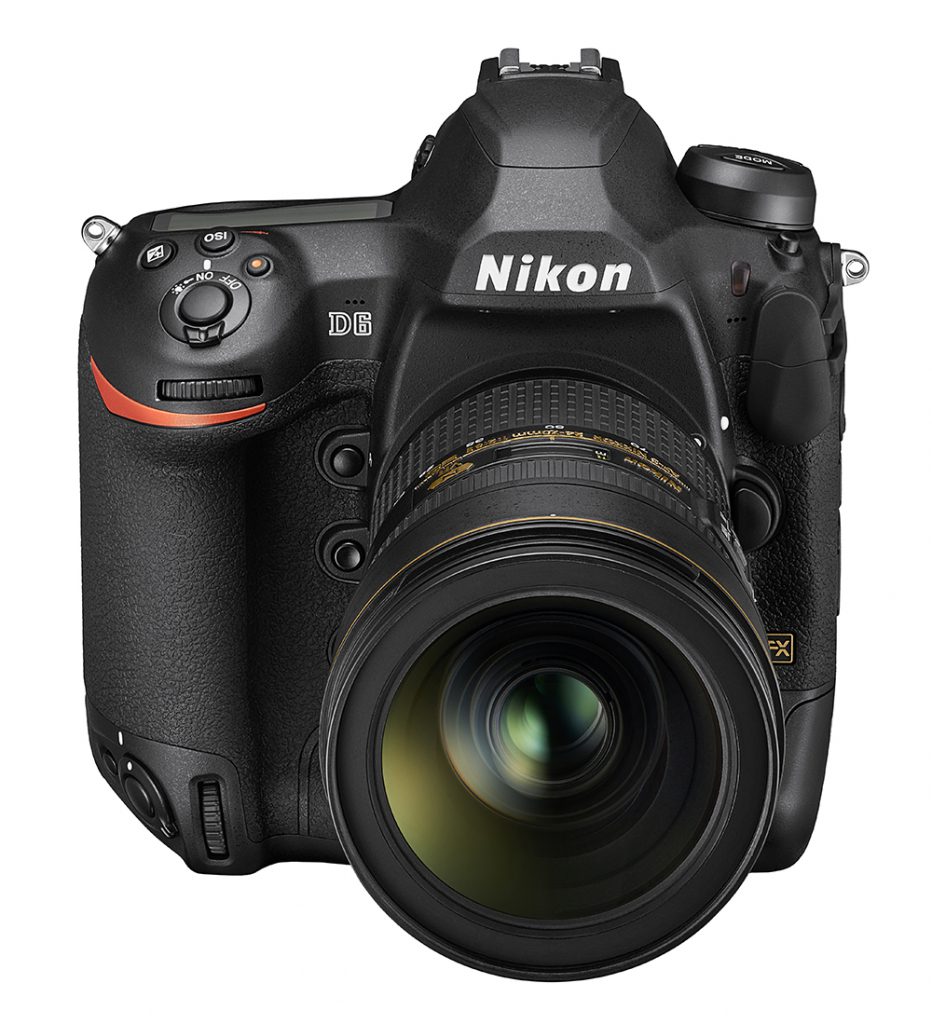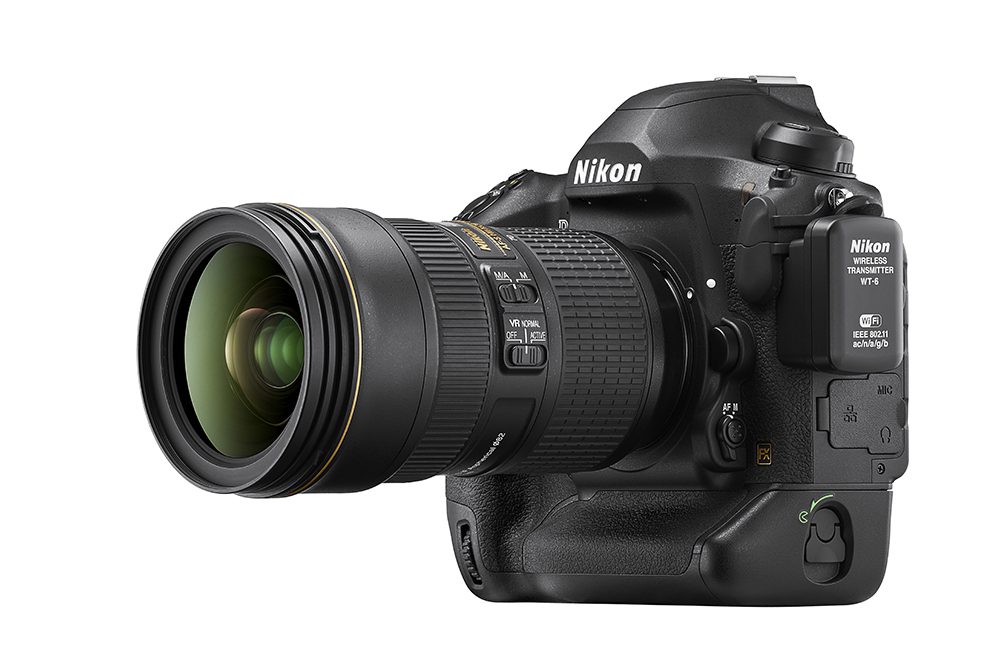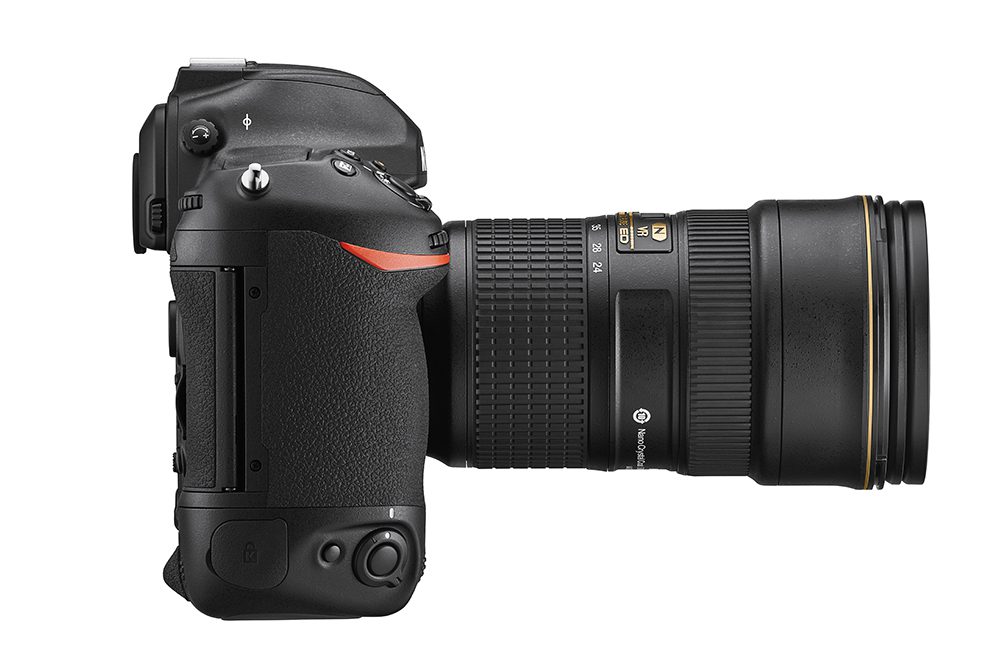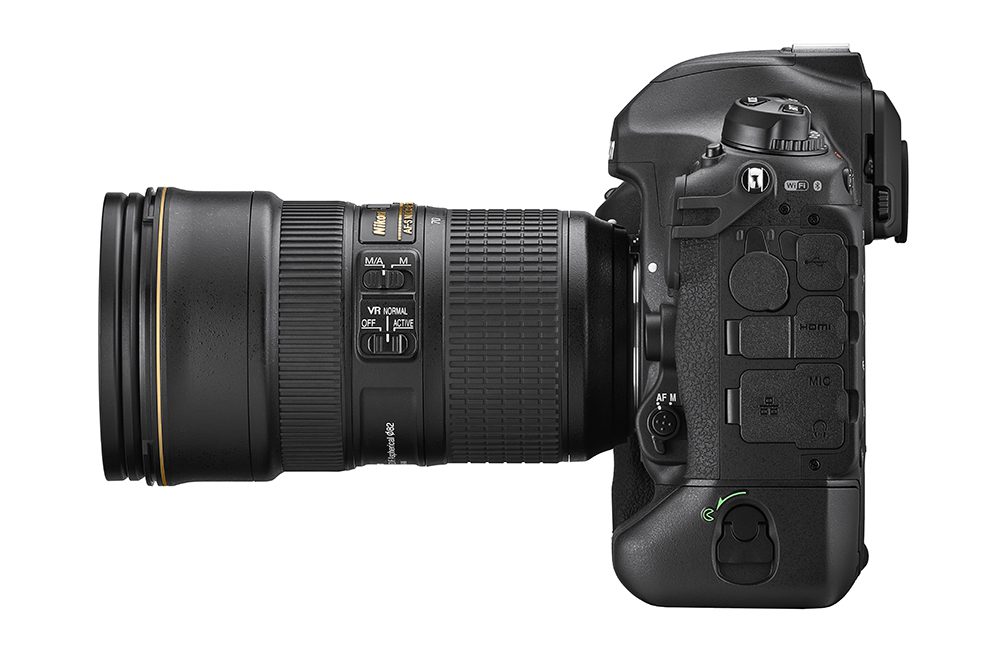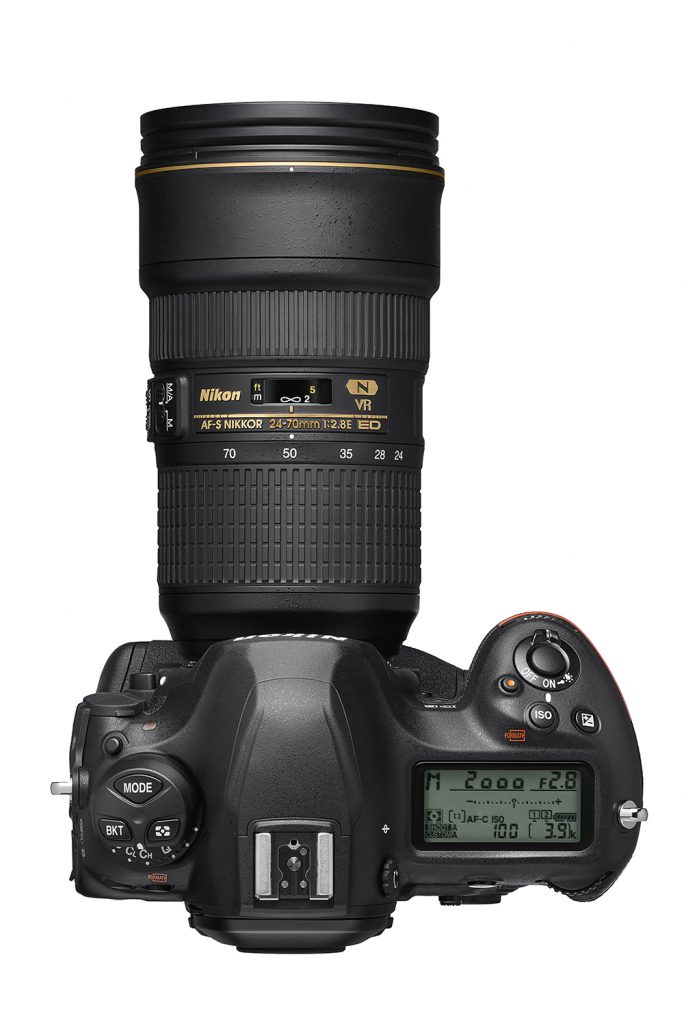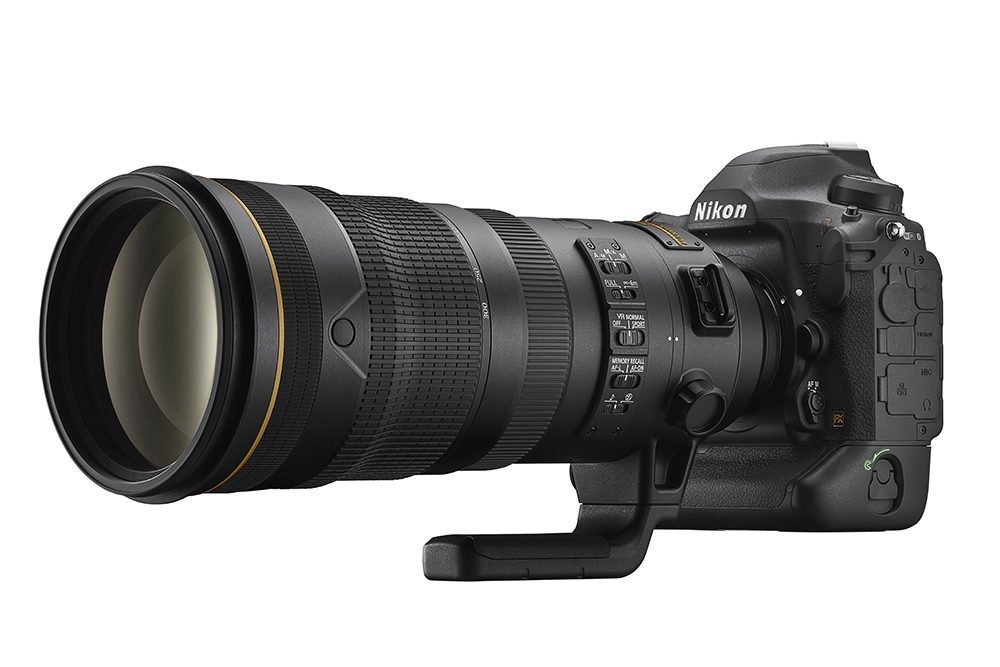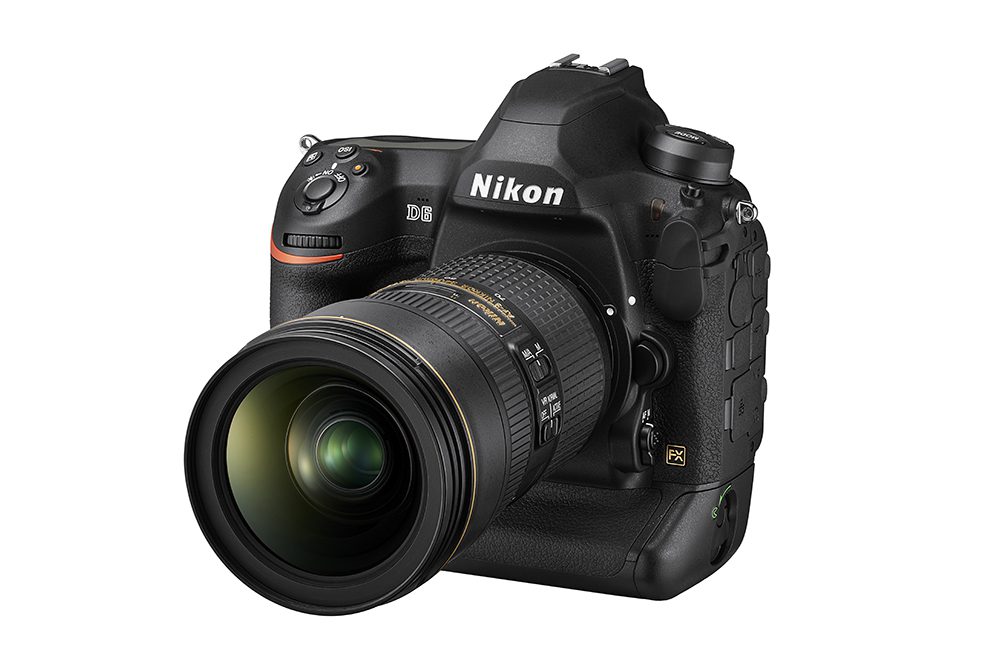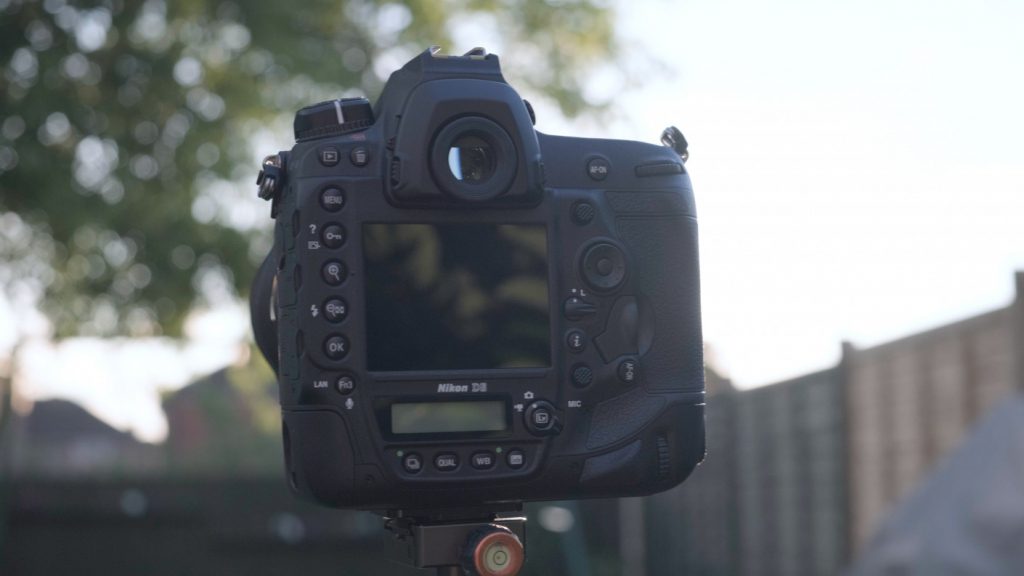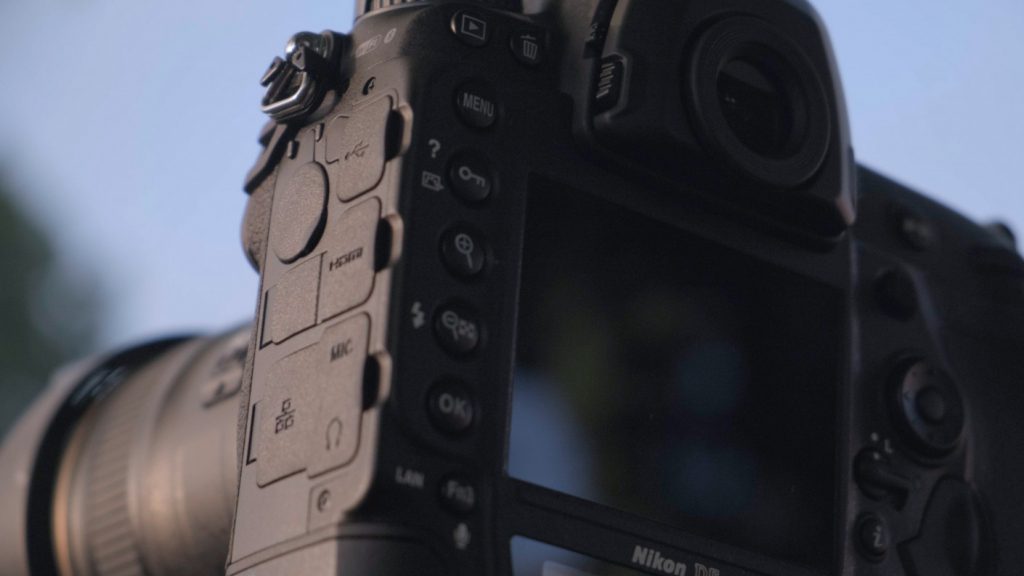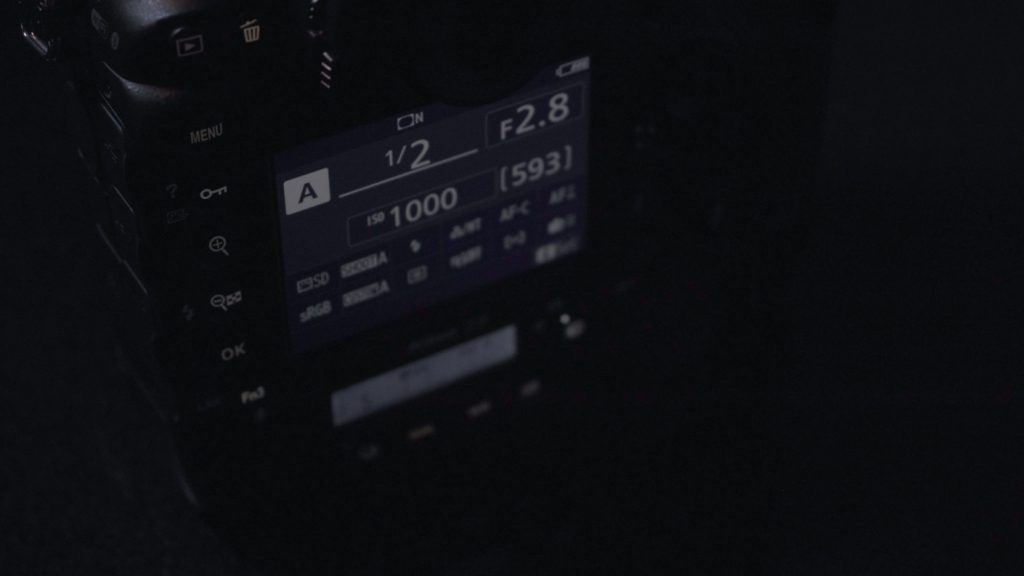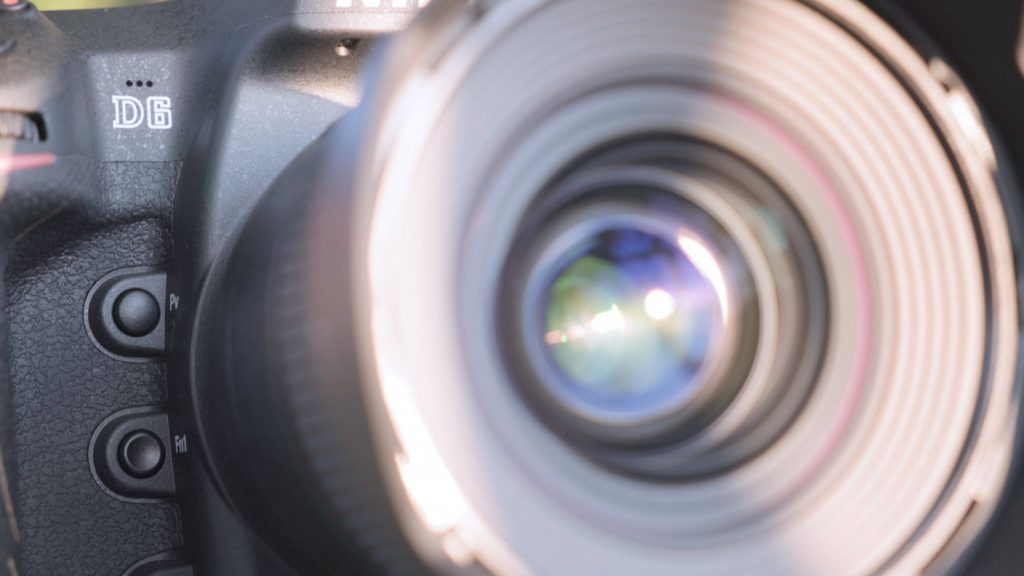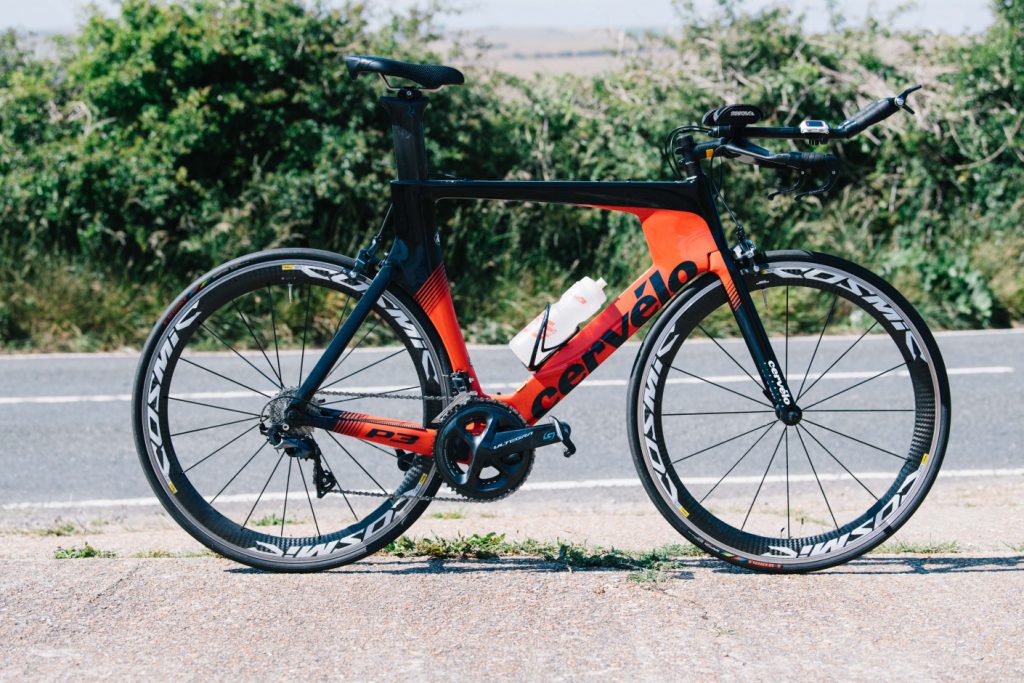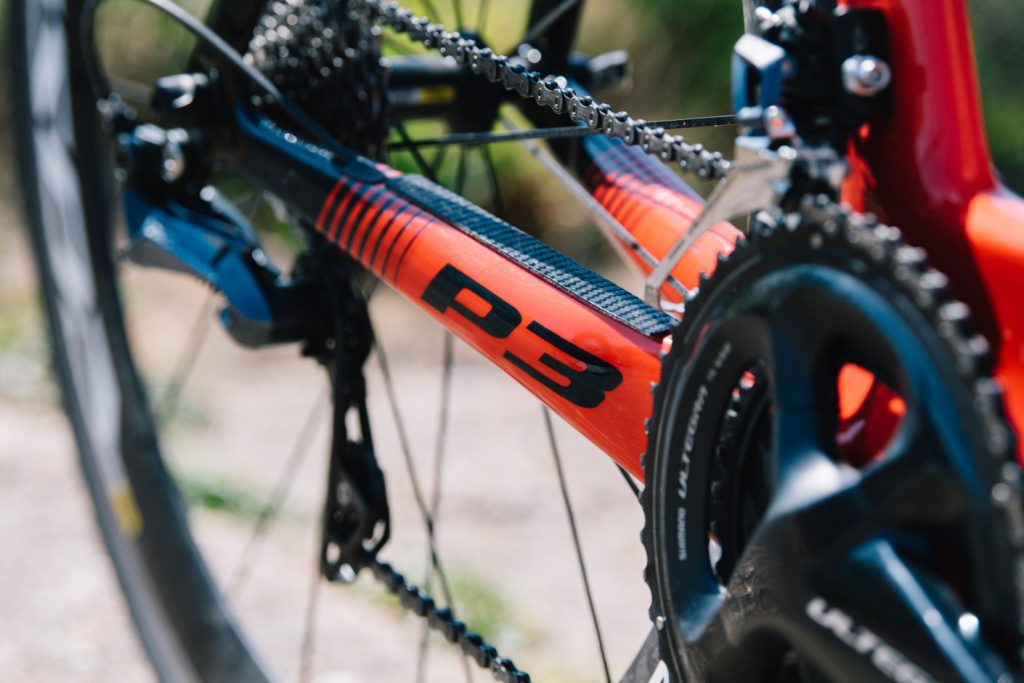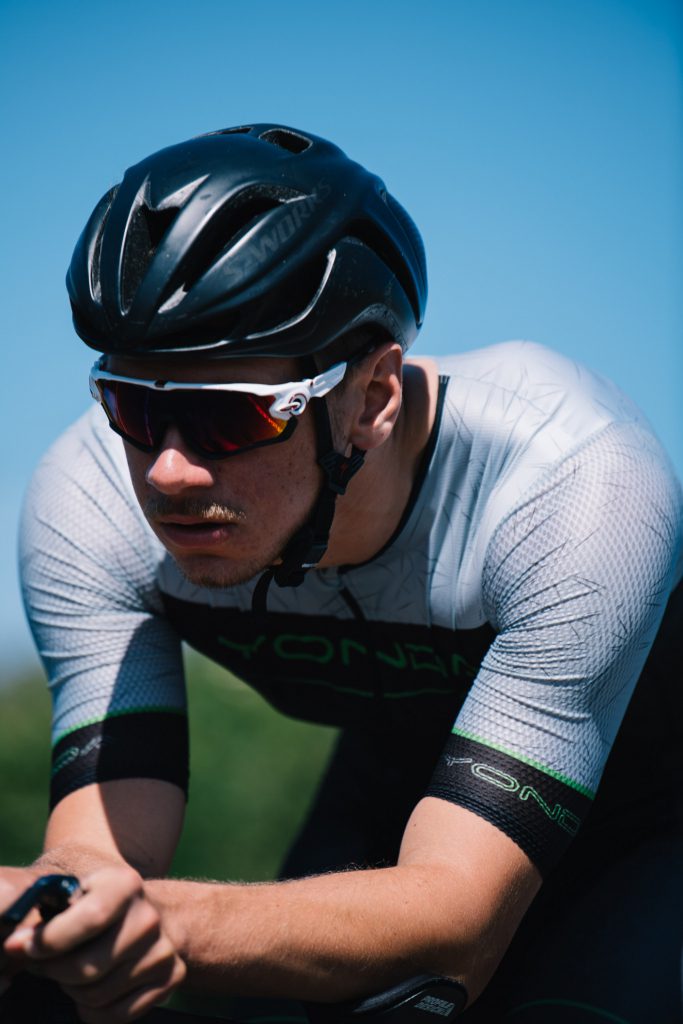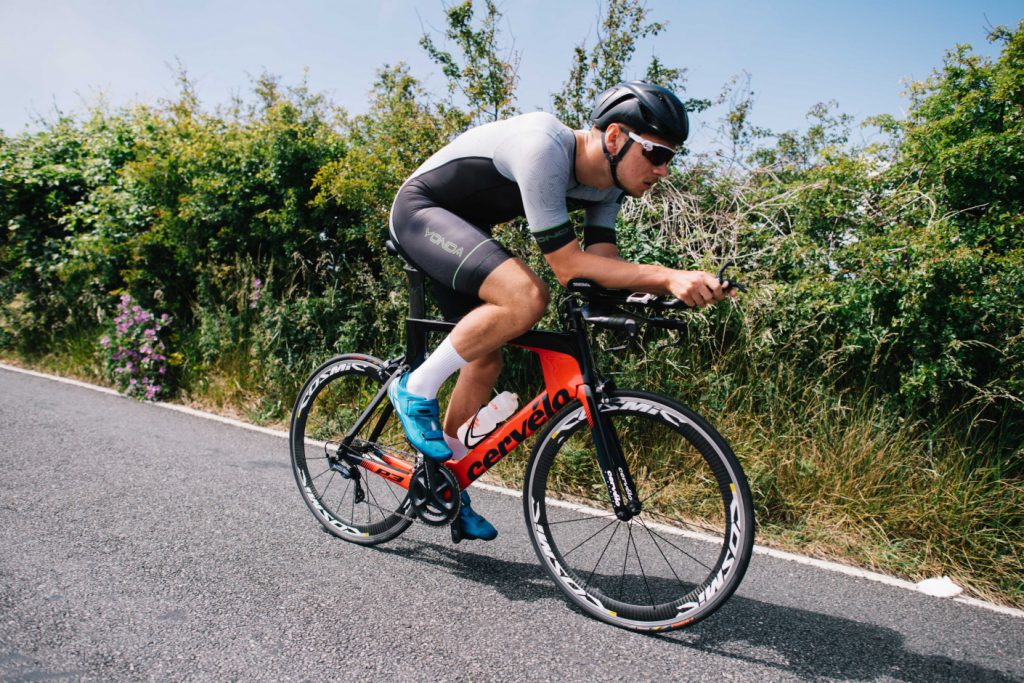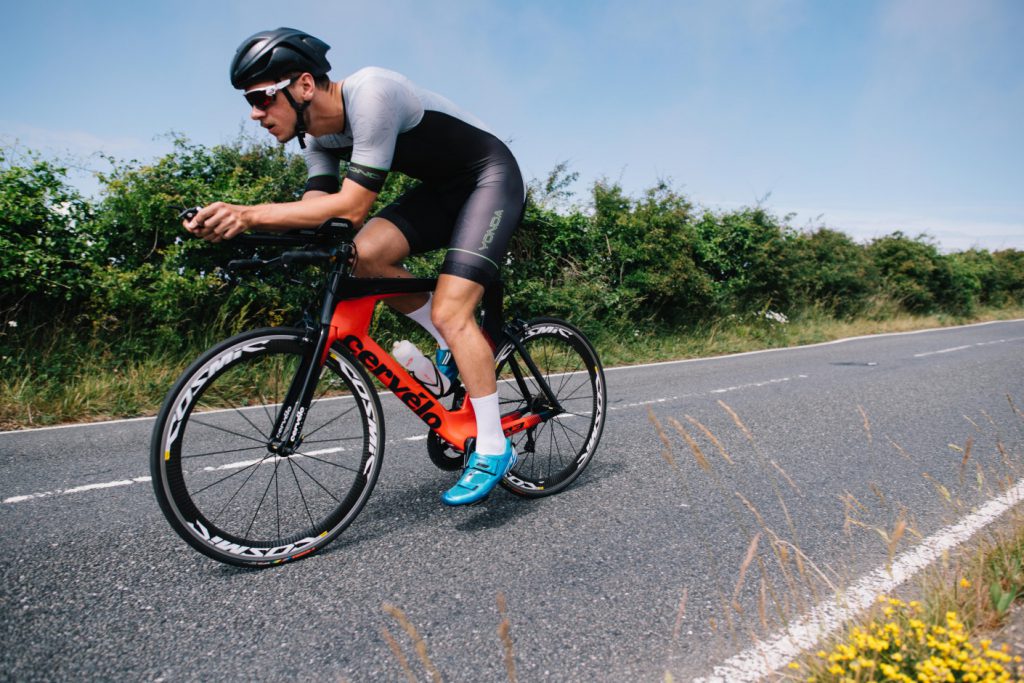Nikon D6 Review: Nikon’s Flagship DSLR Gets The Treatment in #TheMeasure
Earlier this year, Nikon revealed the development of its top tier DSLR, the D6. The plan was to release the beast to coincide with the Japan 2020 Olympics, but we all know what that panned out! Nonetheless, Nikon chose to let the D6 out its cage and into the hands of their loyal pro-photographers. The question is, is it any good? We take a closer look in our latest instalment of #TheMeasure.

The Nikon D6 has a very similar specification if compared to its predecessor, the Nikon D5 – an already very successful and popular camera with pro photographers. Running with the same 20.8-megapixel sensor, reinforced by the new Expeed 6 imaging processor and matched ISO capabilities [100-102,400], we found the imagery to be pretty much the same as its older sibling. In fact, it took us a while to dig out the difference’s between the two cameras and even then, only a small handful presented themselves. The question then hangs; does the Nikon D6 present itself as an attractive upgrade? Before we list the new features in greater detail, let’s cover off the…
Nikon D6 main features:
- 20.8 Megapixel Sensor
- 14fps
- Dual XQD Card or CFexpress Slots
- 100-102,400 ISO
- Video – 4K [UltraHD] 30/25/24p • 1080p [FullHD] 60/50/30/25/24p
- Viewfinder – 0.72x
- Weather-Sealed Body
- 105 Autofocus Points
- 1200 shot approx battery life
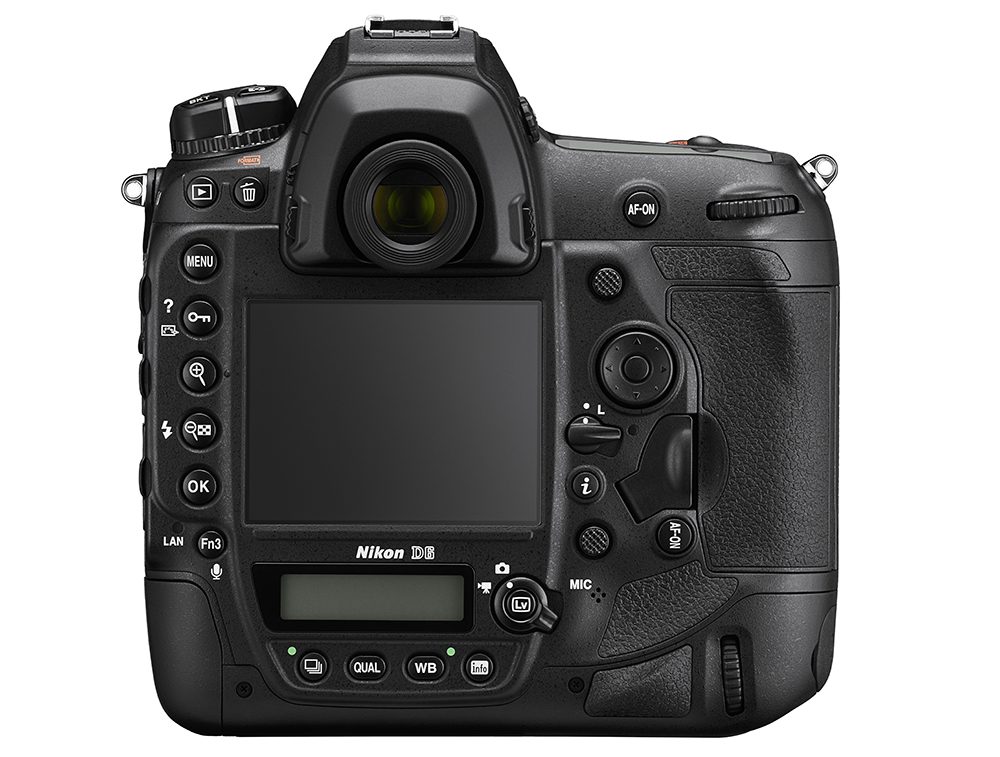
All in all, a really well-rounded camera that’s suitable for any pro photographer. But how does it compete against the D5?
- WiFi & Bluetooth added
- 105 vs 99 Cross-Type focus points [So all AF points are Cross-Type]
- 1270g D6 vs 1415g D5
- Focus bracketing
- Smartphone remote control
- 14 vs 12fps
The Nikon D6’s two rivals in the full-frame pro-camera arena outgun the D6 by some way. The Sony A9 II delivers all the advantages of mirrorless cameras to the professional sports photography world, whilst the Canon EOS-1D X Mark III has to be one of the most exceptional cameras we’ve ever had the pleasure to shoot with.
Overall, not an extensive upgrade and some would argue the Nikon D6 would be more aptly named the D5s. An in-between model that you might expect to see when feature changes are more software-based.
Aside from its relative shortcomings against its own sibling, [and don’t get us wrong, it IS still a great camera] Its two rivals in the full-frame pro-camera arena outgun the D6 by some way. The Sony A9 II delivers all the advantages of mirrorless cameras to the professional sports photography world. The Canon EOS-1D X Mark III has to be one of the most exceptional cameras we’ve ever had the pleasure to shoot with. They both shoot significantly more frames and have significantly more AF points to boot. It’s going to be tough for Nikon to outsell these and likely hopeful that their brand-loyal fans will upgrade regardless.
That said, the D6 has a greatly improved continuous shooting speed of 14 frames per second, which is an improvement of 2fps if compared to the D5. This may sound insignificant, but any professional wildlife or sports photographer will tell you that they can make the difference between an award-winning photograph and a fail.
Its a significant development from the D5 and coupled with the D6’s greatest ever AF engine, powered by the new Multicam 37K sensor and 105 cross-point AF system, resulting in greater overall coverage, pro users are less likely to miss a shot. Nikon’s new autofocus system is really quite something. It allows the shooter to capitalise on split-second situations with its intelligent tracking and acquisition. It will identify subjects pretty much as quickly as you can aim the camera at them. Importantly, it maintains them, even if your subject is temporarily obstructed.
It doesn’t matter if it’s shooting through the courtside cage, or if other people pass in front of your targeted player, or if your bird decides to hide behind reeds or undergrowth; the D6’s AF is fast, intelligent and reliable enough to keep you locked onto your subject.
During our testing we found the Nikon D6 performed really well as any flagship camera should. Although, when you get a camera with every feature known to man available, you get a menu to match. If you’re switching to Nikon cameras for the first time with the D6, it is best advised to take a day or two to learn the menu before going out and shooting a pro job where every second counts – there is no auto mode.
Some issues we found when working with the Nikon D6 were the missing short cuts. We have previously found it helpful to set one of the grip custom buttons to preview mode as it saves moving your hand away from the lens to press the preview button. This is something we’ve done with other Nikon cameras and it works well. For some unknown reason, Nikon has ditched it with the D6. I scrolled endlessly through custom-button menu options but it simply wasn’t there.
Video
Whilst the camera’s autofocus is excellent with stills photography, it’s let down in Live View mode. This, of course, means video. When using the viewfinder, there’s the benefit of the D6’s superb phase-detect AF system. Nonetheless, when you switch to Live View mode, you’re lumbered with the primitive contrast-detect AF. If you’re shooting sport, regardless of the 4K [UltraHD] 30/25/24p • 1080p [FullHD] 60/50/30/25/24p shooting capabilities, this is quite simply a no-no.
Nonetheless, this camera is made primarily for professional stills photographers working in sports or wildlife arenas – plain and simple. It’s a workhorse – built like a tank to go up against any challenge, whether in the frosty, windy alps, or the sun-baked sands of the Sahara, by the racetrack, or at number 10 Downing Street.
If you’d like to see the D6 at work, check out our general review video below and please ‘like and subscribe’ to make sure you get alerts for more reviews in #TheMeasure as they are published.


